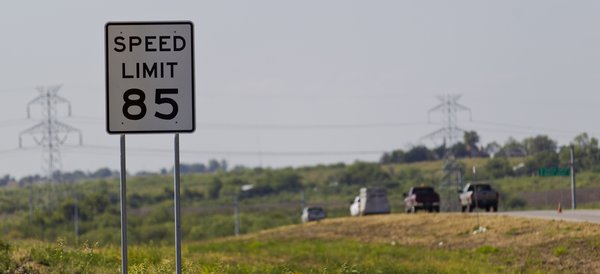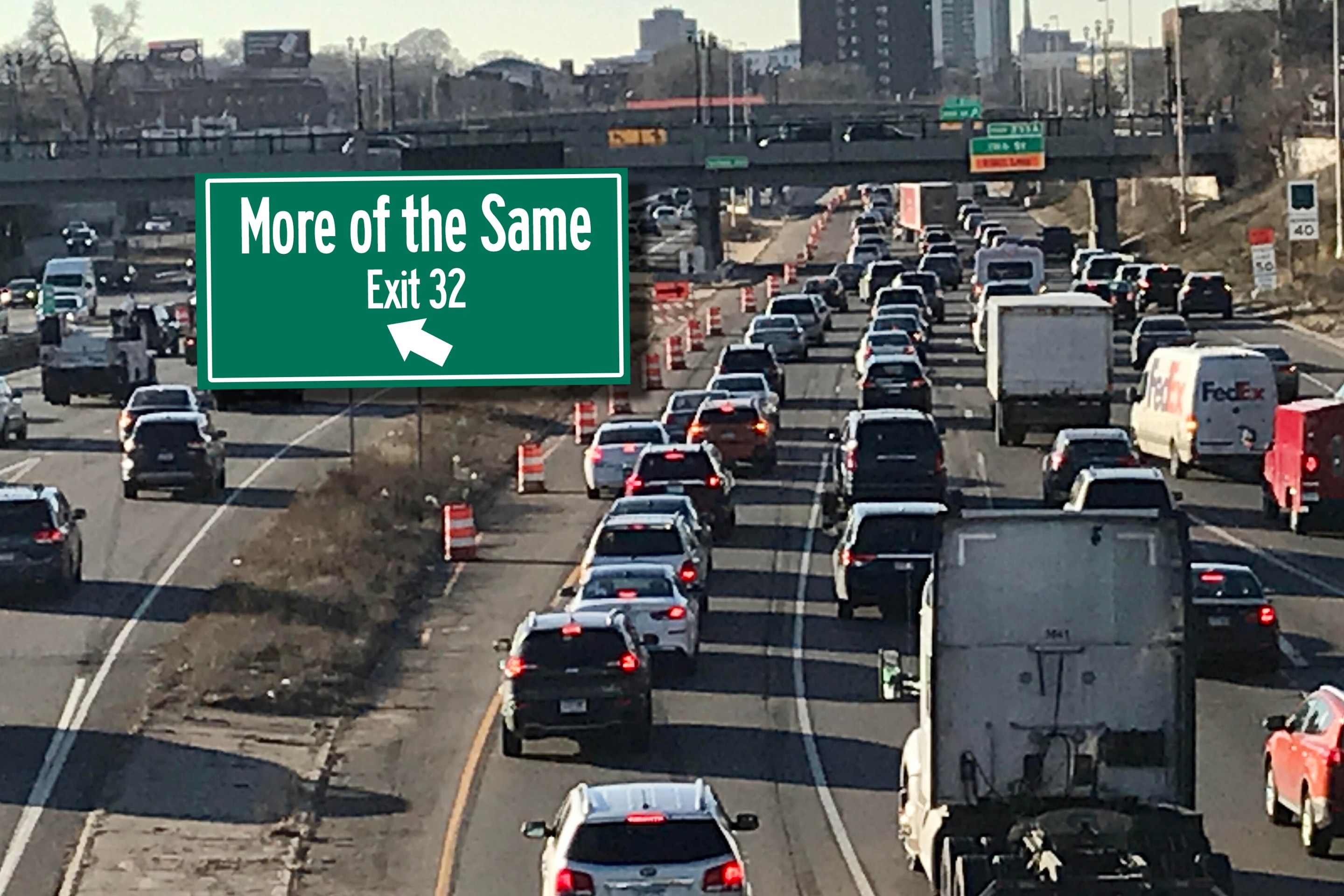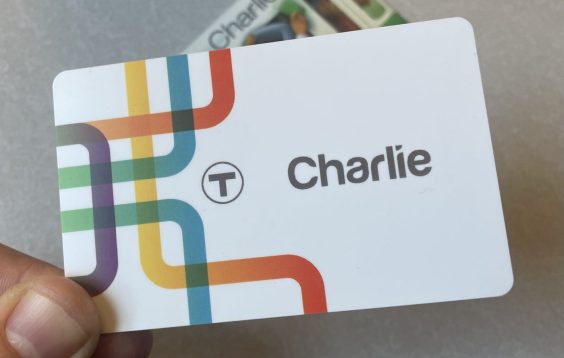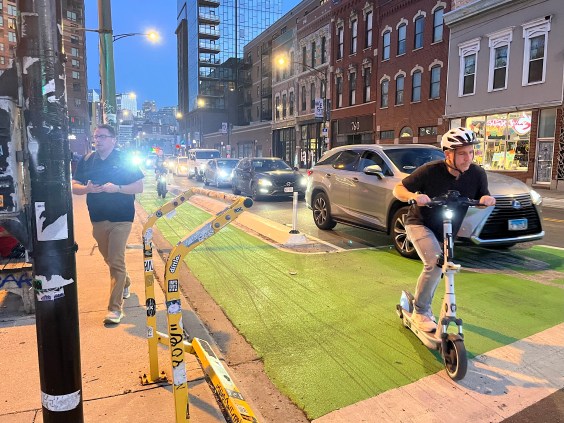Leave it to Texas. The Lone Star State just raised the speed limit on a toll road between San Antonio and Austin to 85 miles per hour, giving it the highest legal driving speed in the country.

Texas transportation officials, for their part, have been nonchalant. Veronica Beyer, a department spokeswoman, told the New York Times,"tests have shown the designated speed is a safe one." In signing a legislative precursor to the law in 2006, State Transportation Commissioner Ted Houghton said, “it’ll be the Texas autobahn,” according to the paper.
But the move has raised eyebrows in the insurance industry. And no one's exactly sure how motorists will react, although the FHWA allows states to set their own speed limits. Prior to last month, both Texas and Utah had the country's fastest roads, with posted speed limits of up to 80 miles per hour.
"People tend to choose a speed at which they don't think they're likely to get a ticket. In most places that's 5-10 mph over the speed limit," Russ Rader, an Insurance Institute spokesman, told the Indianapolis Star. "But it's hard to know when you get up to those extreme speeds what people are going to do."
It seems logical to conclude that the change will result in more collisions and deaths. A 1999 report [PDF] by the Insurance Institute for Highway Safety found that highway deaths increased 15 percent when states raise their speed limits.
"Drivers will think they can go 90 or 95 and will be unlikely to survive a crash at that speed," Jonathan Adkins, spokesman for the Governors Highway Safety Association, told the Indianapolis Star.
According to the Texas Tribune, the state of Texas received a $100 million payment from the operator of the toll road for raising the speed limit to 85. The state would only have won $65 million if the speed were 80. But what's a few lives lost against tens of millions of dollars, right?
New, ever-higher speed limits are a trend of sorts, the Star reports. Since 2005, seven states — Kansas, Kentucky, Maine, Ohio, Pennsylvania, Texas and Virginia — raised speed limits on at least some roads. The motivation seems to stem from the shortage of funds for infrastructure. As states become increasingly reliant on toll roads as a source of revenue, high speed limits are seen as an attractive amenity to lure paying customers.
Ohio recently raised the speed limit on its turnpike, trying to attract truckers from a nearby untolled state route. According to the Plain Dealer, the road saw a 5.6 percent increase in collisions the following year. The move was successful in luring new trucks onto the road, however. The paper reports their numbers rose 2.5 percent over the same period.
Correction: This article originally erroneously stated that Texas has the second-highest traffic fatality rate in the country. It has the second-highest total number of fatalities. It is also the second largest state by population.





